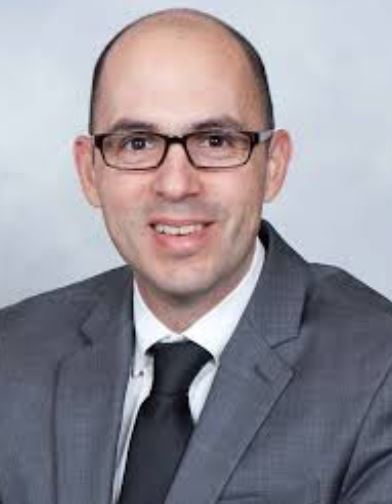“What is the treatment for marfan syndrome?”
My 2 year old nephew has been diagnosed with Marfan syndrome. Can this be treated?
7 Answers
People with Marfans syndrome, an inborn disease of the connective tissue are at increased risk of join dislocations, aortic aneurysms, mitral valve disease and other disorders. While there is no medical treatment, good medical observation is needed to look for the development of some of these complications.
Not treated, but watched closely through his life to prevent complications of any conditions that he might have, like aortic valve, or dilated aorta, or eye lens etc.
It can carry consequences with the heart, aorta and eyes. The most important step now will be to establish with a geneticist to explain the condition and initial check ups.
Marfan syndrome is a rare condition that affects the connective tissue. Over a lifetime this Santa Claus cardiovascular complications such as aortic enlargement and aneurysm. It is also associated occasionally with ophthalmologic problems such as lens displacement. There is no total treatment to reverse the genetic problem but in many patients beta blockers are recommended to decrease the force of heart contraction to reduce the stress on the aorta. You should definitely see a specialist or one of the special clinics such as the ones at Johns Hopkins or Stanford University.
Sadly, there is no treatment for Marfan's, but if you look after yourself, keep the blood pressure under excellent control, do gentle, but not hard physical exercise, there is no reason why a person with Marfan's cannot live a long and fulfilling life.
Regards,
Gerald Lewis, MD
Regards,
Gerald Lewis, MD
You have asked a difficult but very important question because the answer is a definite yes. The particulars may be a bit complicated.
Marfan Syndrome is an inherited disorder that affects the design and maintenance of the body's tissues making up the walls of arteries, heart valves, joints, skin and eyes. The result is unusual height, along with a few other observations that vary from individual to individual. In children, the diagnosis is most dependent upon genetic studies. The most important concern for people affected by Marfan Syndrome is the progressive enlargement of major arteries that become prone to tear or rupture.
In someone affected by Marfan, the largest artery (the aorta) is examined on a yearly basis. Should it enlarge rapidly or reach a specific size, surgical repair is necessary to prevent tear or rupture. Medical treatment can help people with Marfan Syndrome. Two types of medicine, typically used to lower blood pressure in adults, can be used as early as childhood to slow the growth of arteries, delay the need for surgery, and prevent rupture.
The medicines are called angiotensin receptor blockers (losartan and valsartan are two examples) and beta-type adrenalin receptor blockers (carvedilol, metoprolol and bisoprolol are examples). When and how these medicines are used in children is a matter best left to someone with special knowledge about Marfan Syndrome. Your nephew's pediatrician will be the best resource for finding such a person.
Marfan Syndrome is an inherited disorder that affects the design and maintenance of the body's tissues making up the walls of arteries, heart valves, joints, skin and eyes. The result is unusual height, along with a few other observations that vary from individual to individual. In children, the diagnosis is most dependent upon genetic studies. The most important concern for people affected by Marfan Syndrome is the progressive enlargement of major arteries that become prone to tear or rupture.
In someone affected by Marfan, the largest artery (the aorta) is examined on a yearly basis. Should it enlarge rapidly or reach a specific size, surgical repair is necessary to prevent tear or rupture. Medical treatment can help people with Marfan Syndrome. Two types of medicine, typically used to lower blood pressure in adults, can be used as early as childhood to slow the growth of arteries, delay the need for surgery, and prevent rupture.
The medicines are called angiotensin receptor blockers (losartan and valsartan are two examples) and beta-type adrenalin receptor blockers (carvedilol, metoprolol and bisoprolol are examples). When and how these medicines are used in children is a matter best left to someone with special knowledge about Marfan Syndrome. Your nephew's pediatrician will be the best resource for finding such a person.
Marfans is an inherited disorder of connective tissue and affects many parts of the body. Therapy is mainly echo and diagnose heart aneurysms before they become symptomatic. In some cases, symptoms are mild. Other people can have major problems. People with this usually have skinny long arms and legs and fingers. At this time, there is no cure.





